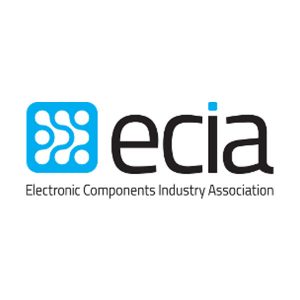Adaptive Leadership to Navigate Today’s Environment
By Bill Bradford, President and CEO, ECIA
 The electronic components industry, like our world, is constantly facing never-before-seen complications. The components themselves are increasingly technical, integrating nanoscopic physics with complex software. The internet continues to alter the way people and companies buy and sell. Geopolitical issues such as tariffs, regulations, and national security concerns impact our business. The tight labor market and generational shifts have strained the ability to hire and retain talent.
The electronic components industry, like our world, is constantly facing never-before-seen complications. The components themselves are increasingly technical, integrating nanoscopic physics with complex software. The internet continues to alter the way people and companies buy and sell. Geopolitical issues such as tariffs, regulations, and national security concerns impact our business. The tight labor market and generational shifts have strained the ability to hire and retain talent.A technical challenge has a clear problem that can be solved by knowledgeable experts, whereas an adaptive challenge is not clear cut and often requires an entirely new approach and systemic change. Adaptive challenges call for new learning, required to close the gap between people’s historical values and present-day realities. An example of a technical challenge is revising the code in an ERP system to change inventory target levels, while an adaptive challenge may be the implementation of a revolutionary new ERP system, that requires an overhaul of processes and procedures and significant stakeholder buy-in and adaption.
An executive relying on authoritative expertise alone to offer solutions will likely not successfully navigate the organization through adaptive challenges. These challenges must be solved by the collective intelligence of people throughout the organization. Further, they will likely be distressing for employees, requiring attention to corporate culture and support systems.
Heifetz offers six principles for leading adaptive change:
- Get on the Balcony – ability for leaders to detach and see the big picture
- Identify the Adaptive Change – know when a challenge can not be solved by traditional methods
- Regulate Distress – pace learning to balance the employee tension between maintaining a sense of urgency and being overwhelmed
- Maintain Disciplined Attention – do the tough work of addressing divisive issues and use conflict to drive creativity
- Give Work Back to People – empower others to assume responsibility and own the change
- Protect Voices of Leadership from Below – enable and encourage constructive dissent from those
closest to the problem
These adaptive leadership principles will be broken open and discussed in more detail in future columns. In
the meantime, the upcoming 2019 ECIA Executive Conference will be addressing several aspects of
leadership to consider as we look ahead to the new decade. Highlights include Tony Uphoff, Thomasnet; Ed
Viesturs, inspirational author and mountaineer; Skip Weisman, corporate culture guru and Shawn Rhodes, a
TEDx speaker and nationally syndicated columnist. With the theme of “Vision 2020, Leading with Clarity”, the
conference is the must-attend event for leaders in the electronic components industry.












